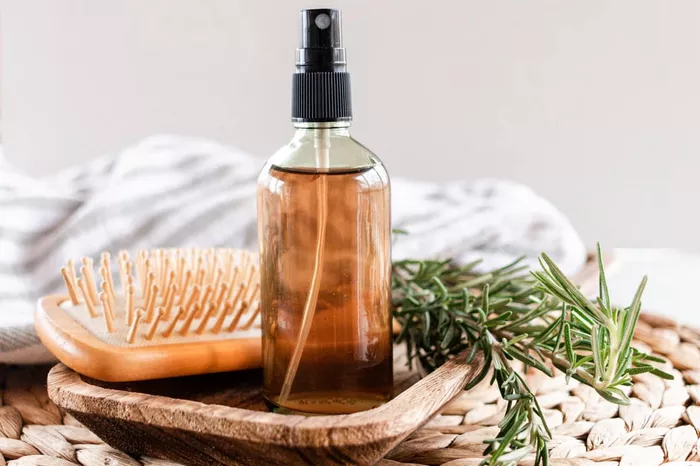Maintaining a healthy hair care routine involves various factors, and one of the essential decisions is determining how often to use shampoo and conditioner. Striking the right balance is crucial for promoting clean, nourished, and manageable hair. In this comprehensive guide, we will explore the factors influencing shampoo and conditioner frequency, providing insights into achieving optimal hair health.
The Role of Shampoo: Finding the Sweet Spot
Shampoo serves as the foundation of any hair care routine, cleansing the scalp and hair of dirt, oil, and product buildup. However, the ideal frequency of shampooing depends on several factors:
Hair Type Matters
Individuals with oily hair may need to shampoo more frequently to control excess oil production.
Those with dry hair, on the other hand, may benefit from less frequent shampooing to avoid stripping away essential oils.
Activity Level and Lifestyle
Active individuals who engage in regular exercise may need to shampoo more often to remove sweat and prevent bacterial growth.
For those with a more sedentary lifestyle, less frequent shampooing may suffice.
Environmental Factors
Exposure to pollution, dust, and other environmental factors may necessitate more frequent shampooing to keep the hair clean
.
Individuals living in humid climates might find that their hair gets oilier faster, requiring more frequent washing.
Product Buildup
Regular use of styling products can lead to product buildup, making more frequent shampooing necessary.
Using a clarifying shampoo once a week can help remove residue without overdoing it.
Conditioner: A Balancing Act for Optimal Moisture
Conditioner plays a vital role in maintaining moisture, enhancing manageability, and preventing damage. However, using it too often or insufficiently can affect the overall health of your hair:
Hair Type and Texture
Those with dry or curly hair may benefit from frequent conditioning to keep their hair moisturized and prevent breakage.
Individuals with fine or straight hair may find that less frequent conditioning helps avoid a weighed-down appearance.
Avoiding Overconditioning
Overconditioning can lead to limp, greasy hair, as the hair shaft becomes saturated with too much moisture.
Use conditioner primarily on the ends of your hair and avoid the scalp to prevent excess oiliness.
Deep Conditioning
Consider incorporating deep conditioning treatments into your routine, but not more than once a week.
Deep conditioning helps nourish and repair the hair, especially if it’s exposed to heat styling or chemical treatments.
Creating Your Hair Care Routine: A Step-by-Step Guide
Now that we’ve explored the factors influencing shampoo and conditioner frequency, let’s break down the steps to create an effective hair care routine:
Determine Your Hair Type
Assess whether your hair is oily, dry, normal, curly, straight, or a combination.
Understanding your hair type will guide you in choosing the right products and determining how often to use them.
Consider Your Lifestyle
Take into account your level of physical activity, environmental conditions, and styling habits.
Adapt your routine based on these factors to address the specific needs of your hair.
Choose the Right Products
Select shampoos and conditioners tailored to your hair type and concerns.
Experiment with different brands and formulations to find what works best for you.
Establish a Routine
Start with a trial period to determine how your hair responds to a particular routine.
Adjust the frequency of shampooing and conditioning as needed.
Tips for an Effective Hair Care Routine
Alternate Shampoo and Conditioner Days
If you find that shampooing every day is too much, try alternating days to strike a balance between cleanliness and maintaining natural oils.
Use Dry Shampoo Between Washes
Extend the time between washes by using dry shampoo to absorb excess oil.
This can be especially helpful for those with oily hair who want to avoid daily washing.
Pay Attention to Your Scalp
Focus shampoo on the scalp, where oil production is highest.
Condition primarily the ends of your hair to prevent the roots from becoming overly oily.
Regular Trims for Healthy Ends
Schedule regular haircuts to get rid of split ends and maintain overall hair health.
Healthy ends contribute to a well-groomed appearance and make styling easier.
Conclusion: Tailoring Your Routine for Beautiful Hair
In the world of hair care, there is no one-size-fits-all approach. Achieving optimal results involves understanding your unique hair characteristics, considering lifestyle factors, and experimenting with different products and routines. Whether you find yourself needing to shampoo every day due to an active lifestyle or prefer a more relaxed routine with less frequent washing, the key is to listen to your hair’s needs.
By striking the right balance between cleansing and conditioning, you can maintain a healthy scalp, nourished strands, and a look that suits your personal style. Remember, the journey to beautiful and healthy hair is a dynamic process, requiring attention to detail and a willingness to adapt your routine based on your hair’s evolving needs. So, embrace the journey, experiment with your routine, and enjoy the confidence that comes with well-cared-for locks.
Is Aloe Vera Good For Low Porosity Hair

